In our obsession of gear and accessories, we often forget that photography is all about light. Understand it, shape it, and capture it and your photos will be amazing more often than not. In this video tutorial, photographer Brian Wilson demonstrates how you can make amazing portraits using a single light by following these basic lighting setups:
Rembrandt Lighting
Named after the famous Dutch painter who popularized this lighting method, Rembrandt lighting is identified by the little triangle of light that forms on the subject’s cheek that is away from the light—a slight variation of loop lighting where the shadow of the nose does not touch the cheek. In this case, it does touch and that is why the trapped triangle of light is created.
Rembrandt lighting is a very popular and is often used by photographers for professional portraits.
Wilson highlights the importance of catchlights in your photos, the tiny glimmer of light in your subject’s eyes adds the necessary spice to your images.

Rembrandt Lighting
Split Lighting
Split lighting is very easy to set up. Just bring the light source to one side of the subject. The result is moody lighting that splits the face into two right down the nose—one side properly illuminated and the other not. To control the mood of the image, you can use a reflector on the shadow side and throw some light back on.

Split Lighting
Broad Lighting
Broad lighting is all about lighting the broadest side of the face—the side facing the camera. Broad lighting helps in hiding wrinkles, because there are no shadows created on the illuminated side of the face. Brining in a reflector again helps if you want a less dramatic result.

Broad Lighting
Butterfly Lighting
This is a preferred lighting setup for fashion photographers. Butterfly lighting is ideally suitable for female models, because it tends to accentuate cheek bones. Butterfly lighting is identified by the small shadow in the shape of a butterfly right under the model’s nose. Butterfly lighting is perfect for slimmer models with high cheek bones.

Butterfly Lighting
Go ahead and use these techniques in your studio portrait sessions—you can get four distinct looks with just one light and a reflector.
Like This Article?
Don't Miss The Next One!
Join over 100,000 photographers of all experience levels who receive our free photography tips and articles to stay current:

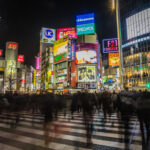
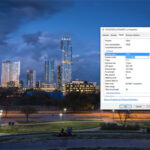
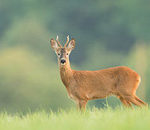
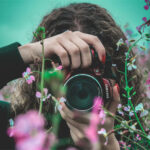
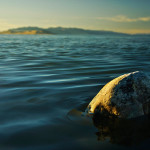
Leave a Reply